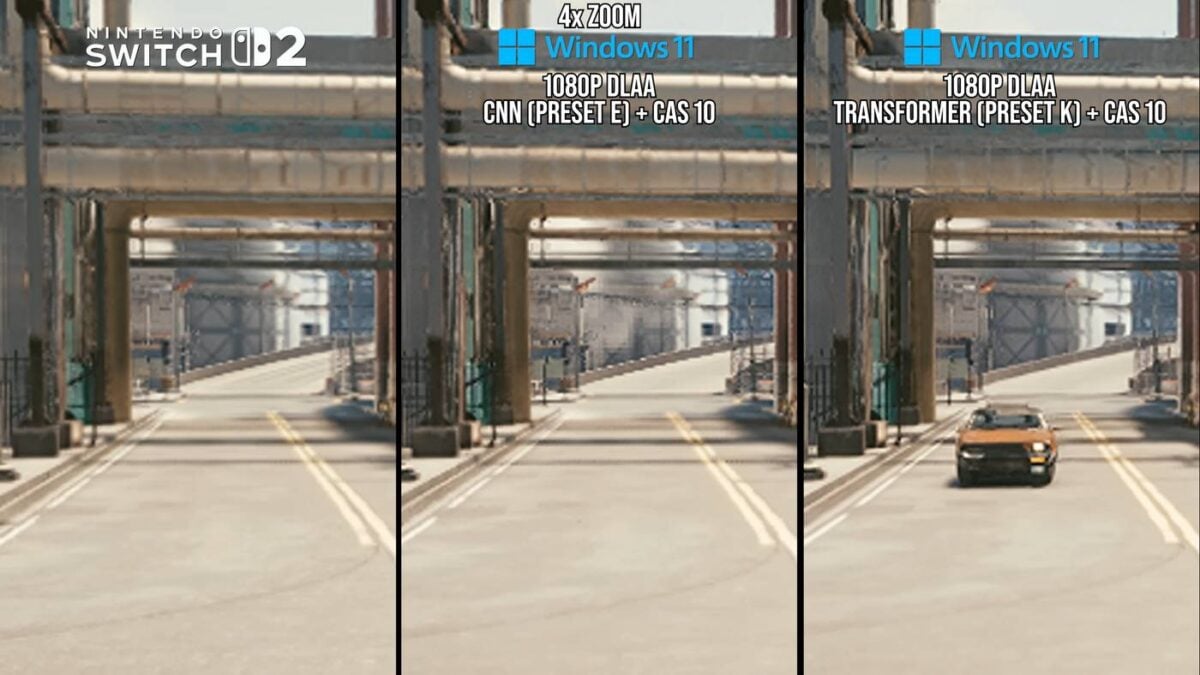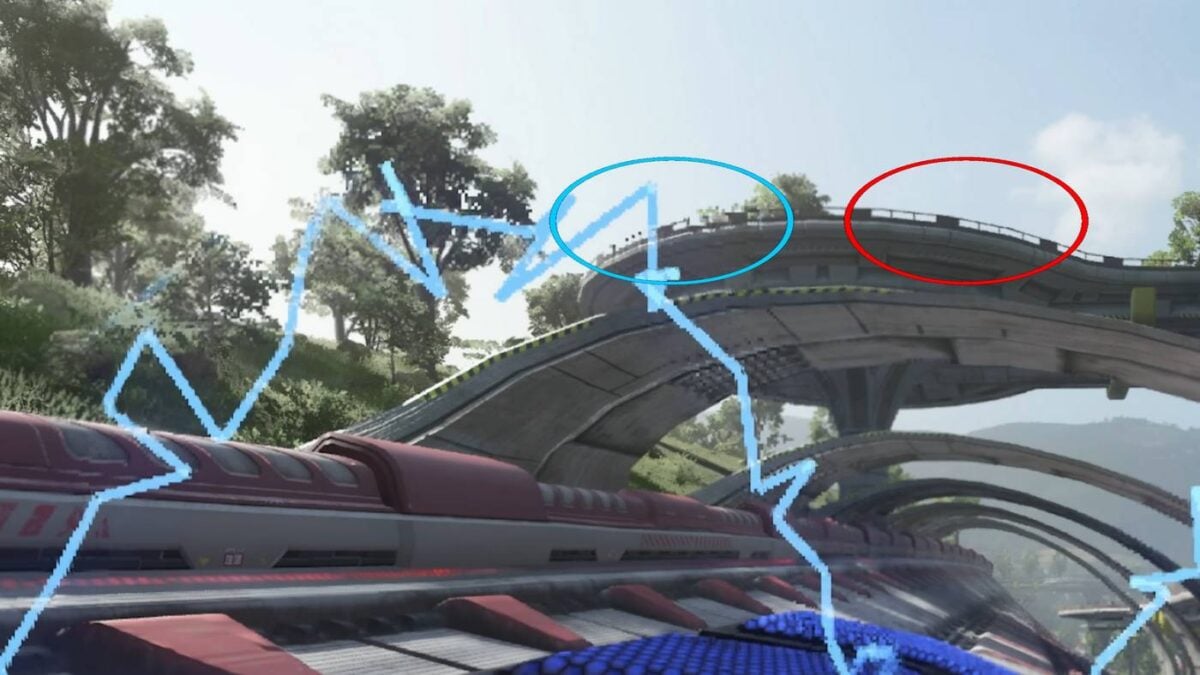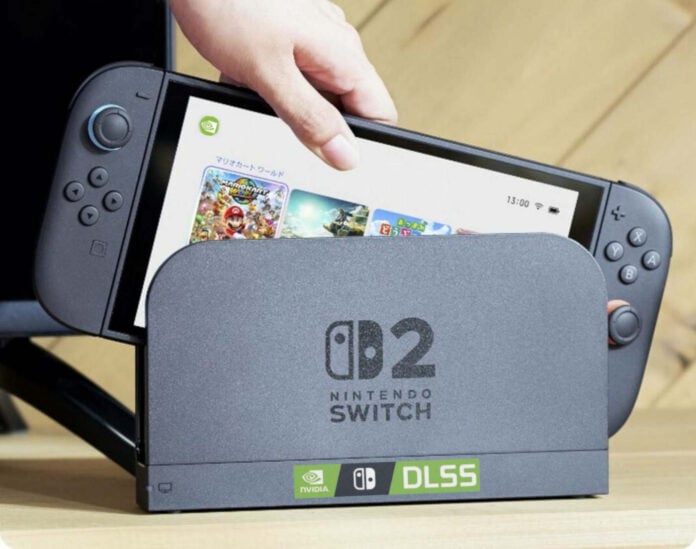The launch of the Switch 2 opened a new era for Nintendo fans, promising higher image quality and larger games thanks to the console’s upgraded hardware. Among the features allowing higher fidelity gaming sits Nvidia’s DLSS upscaling, an AI-based technology that takes a low-resolution image and improves/reconstructs it to look like a higher quality one in real time. While the technology is well-known on PCs, its performance cost on such a low-power device remained a concern for some.
Among these was Digital Foundry on YouTube, which was doubtful about Switch 2’s capability to handle DLSS, considering its small T239 GPU. Tests on comparable laptop hardware showed how the standard DLSS implementation occupied 3ms at 1080p, 7ms at 1440p, and 18ms at 4K of the GPU’s render time. Taking a 60fps as a target, which equates to 16.6ms per frame, means that DLSS would be impossible at 4K60 and costly at 1440p60.
Now that the console has launched and AAA games are out with support for DLSS, folks at Digital Foundry took it for a spin to find out Nintendo’s secret sauce. The test showed that the Switch 2 was indeed running some games like The Touryst and Fast Fusion at 1440p and 4K, while maintaining between 30 and 60fps.
Digital Foundry discovered two distinct DLSS implementations. The first seemed similar to the traditional CNN-based technology previously used on PC before Nvidia’s shift to the improved Transformer model. This one was found in titles such as Cyberpunk 2077 and Street Fighter 6, delivering equivalent upscaled quality and sharpness to PC’s DLSS Preset E. Due to its cost, it was present on games outputting at 1080p, which aligns with the channels’ previous predictions.

The second type is a more simplified DLSS that produces a sharp and clean render close to 1440p or 4K, but only on the static parts of the image. Whenever objects or the camera move, reconstruction breaks down, edges become flickery and aliased, suggesting that this DLSS variant only applies/enhances still parts of the scene to save GPU time. This type was seen in games like Hogwarts Legacy and Fast Fusion, which ran at 4K resolution.

This hybrid approach explains how the Switch 2 can render sharp 4K outputs without overwhelming its hardware, allowing DLSS to selectively apply as needed. This should give users the illusion of higher resolution while hiding its weaknesses behind fast movement. A clever design that should satisfy the players without hammering the game performance.

